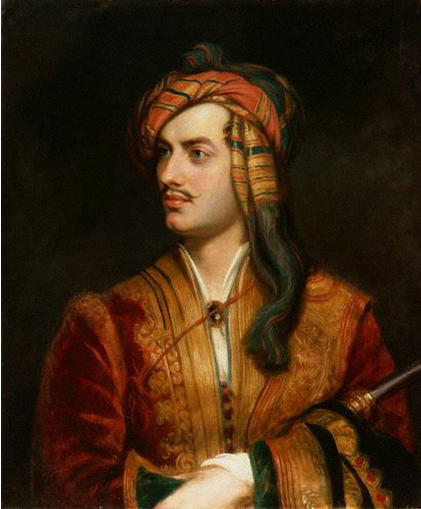Lives change, and so do the ways in which they are memorialised. How, say, would Byron been re-membered if he had lived in the late twentieth century? We would still have the poetry, but there would probably be no letters: Byron: The Collected Answerphone Messages more like, which might lack something. And there would probably be no portraits worth speaking of. Television documentaries, for sure - the Byron Omnibus special, the Byron South Bank Show - but no single, iconic image to fix the likeness of the man in the minds of future generations. There would, almost certainly, be nothing as memorable as Thomas Phillips' Byron in Albanian Costume, in the National Portrait Gallery.
Formal portraiture, like so many of the traditional genres of art, is in a state of apparently terminal de-cline. The process has been gradual and anything but dramatic, but it has mirrored a profound shift in the way we think about ourselves and others. The major figures of our time will not be commemorated in single pictures but, rather, in composites extracted from the tide of ephemeral imagery that washes over modern life. They will not be remembered as wholes but as fragments, to be pieced together. A subtle alteration in the texture of memory has been effected.
This is not necessarily a bad thing - ''How weak is painting to describe a man!'' said Charles Lamb, with some justice - but it has deep implications for art. The more images there are in the world, it seems, the less we respect each one. The decline of the portrait is yet another sign of our declining faith in the single image to reflect or adequately represent truth. It also suggests that the kinds of truth we expect painting to deliver are incompatible with the demands of...


